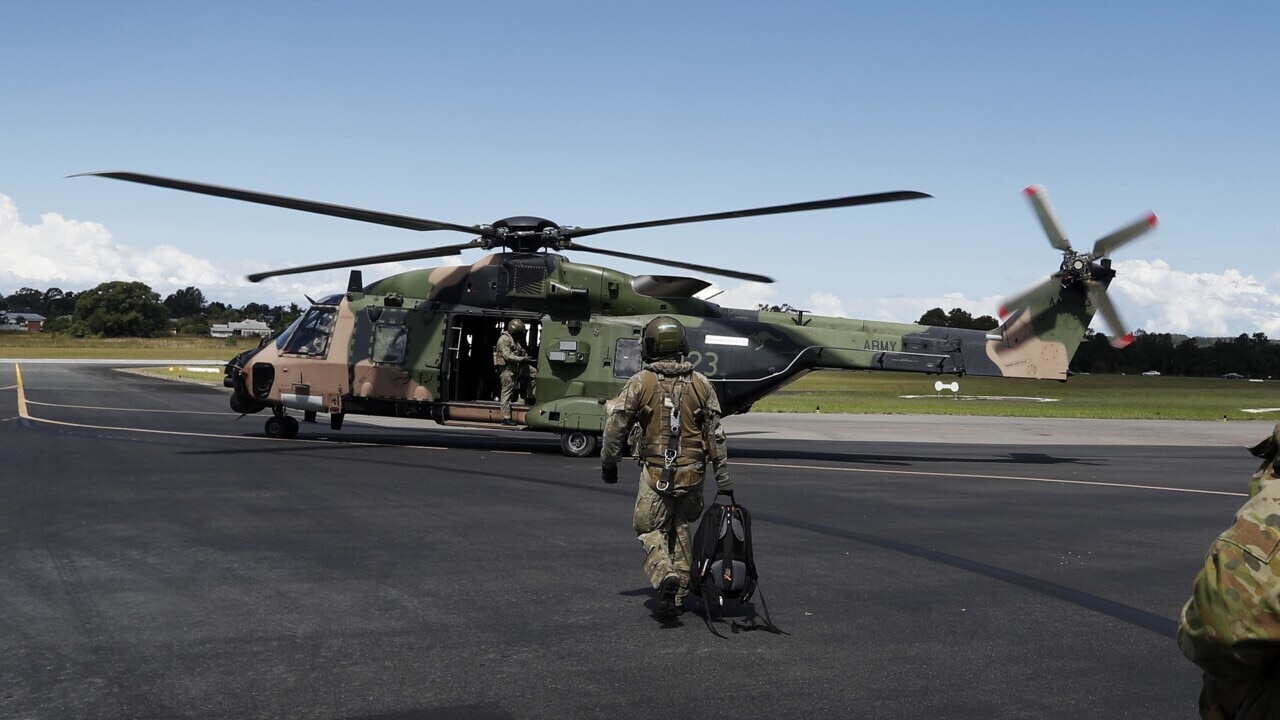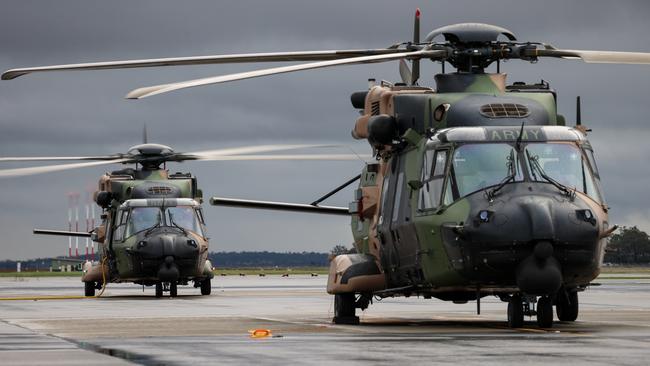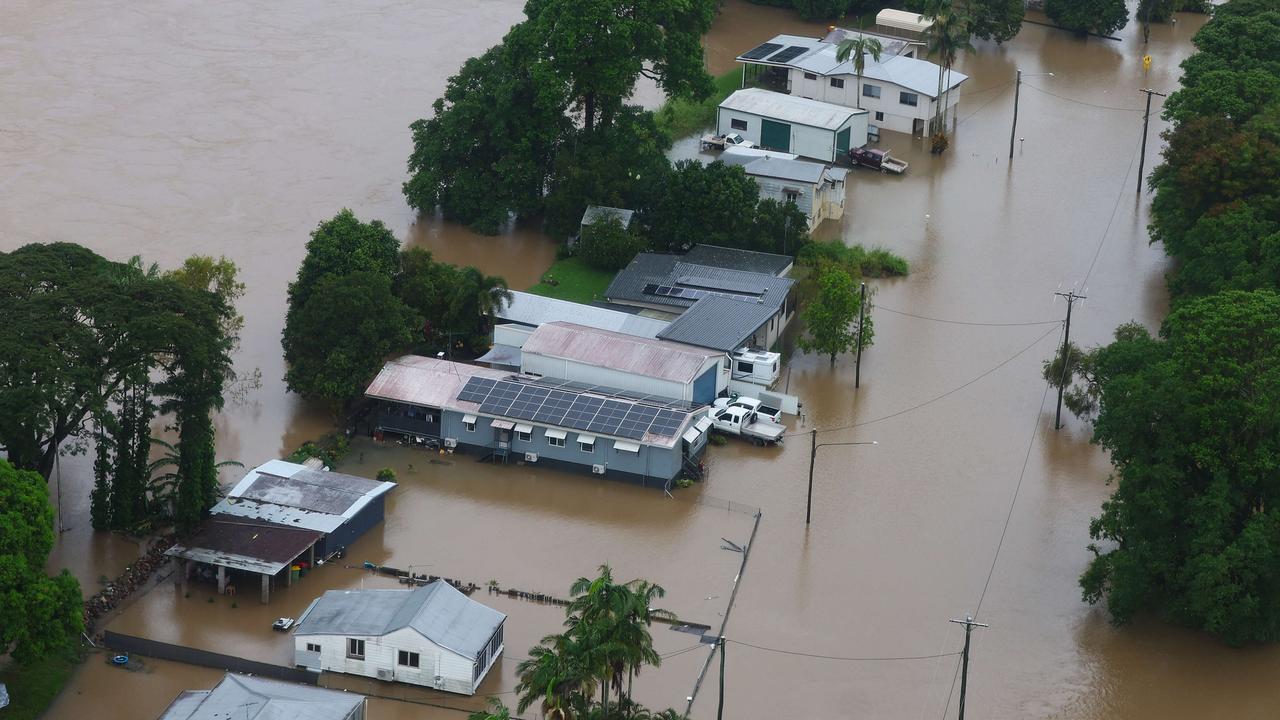Inquiry hears evidence about MRH-90 fleet retirement after Exercise Talisman Sabre disaster
An Airbus official has given insight into the maintenance of the Taipan fleet – the aircraft which crashed killing four Australian Army officers.

An Airbus official has revealed he was surprised to learn the MRH-90 Taipan fleet was being retired early after it was involved in a failed mission that left four Australian Army officers dead despite an investigation finding the aircraft was safe to operate.
Captain Danniel Lyon, Lieutenant Maxwell Nugent, Warrant Officer Class Two Joseph Laycock and Corporal Alexander Naggs were killed when their Taipan ditched into the ocean south of Hamilton Island on July 28 last year.


An independent inquiry into the fatal incident, headed up by former judge Margaret McMurdo, continued on Thursday in Brisbane.
The aircraft, with the call sign Bushman 83, was flying in formation with three other helicopters about 10pm to Lindeman Island in Queensland.
During the planned training mission, the aircraft was seen climbing suddenly before pitching nose first towards the water where it crashed and splintered on impact.
The entire Taipan fleet was retired early in September 2023 – 18 months before its scheduled retirement.


On Thursday, the inquiry heard 75 per cent of the fleet has been dismantled since the July 2023 crash.
The Taipan’s maintenance history came under the microscope on Thursday.
Airbus deeper maintenance manager Barry Trapp gave evidence before the inquiry about Airbus’ role in contracted maintenance of the Taipan fleet.
When asked by Ms McMurdo whether the ADF decision to retire the Taipan fleet early came as a “surprise” to Mr Trapp, the Airbus worker replied: “Yes, ma’am”.
The inquiry heard that NATO users of the MRH90 – including Australia – had been assured the aircraft was safe following an investigation after the July 2023 crash.

Mr Trapp told the inquiry he did not know why the ADF made that decision to retire the fleet before schedule.
“I really don’t have enough information to understand what the situation is other than what I would have been told as part of the inquiry,” he said.
The fleet had previously been grounded for inspection after one aircraft was forced to ditch into the sea at Jervis Bay on the NSW south coast in March 2023 – four months before the North Queensland incident.
The Jervis Bay incident occurred while the army was taking part in counter-terrorism exercises.
The inquiry was told an investigation was carried out in the wake of the Jervis Bay incident to determine the cause of the crash.

It was determined the Jervis Bay incident was connected to a technical issue which had previously been flagged in a service notice issued by the original equipment manufacturer to all operators of the Taipan globally.
However, the inquiry heard conflicting evidence that this particular service notice was issued in either 2016 or 2018 – at least five years before the Jervis Bay incident.
Mr Trapp said the service notice had explained “immediate action (required) was to change out the engines”.
Mr Trapp said the 6th Aviation Regiment – where the four airmen were stationed in Sydney – had their assigned Taipans fitted with modified engines in accordance of the service bulletin that detailed what needed to be upgraded.
“I said that they were installed after the Jervis Bay ditching and all the aircraft in 6th Aviation Regiment would have been modified by end of March (to the) beginning of July,” Mr Trapp said, referring to his written statement given to the inquiry.

Commanding Officer of the Rotary Wing Maintenance School, Lieutenant Colonel Rick Watling, gave further insight into the service bulletin.
He told the inquiry these service bulletins would indicate whether the notice was “urgent” and if the current product was “unsafe”.
Lieutenant Colonel Watling said the earlier service bulletin had indicated the issue – which caused the Jervis Bay incident – was marked “urgent” but was not marked as “unsafe”.
The inquiry continues on Friday.
More Coverage
Originally published as Inquiry hears evidence about MRH-90 fleet retirement after Exercise Talisman Sabre disaster





